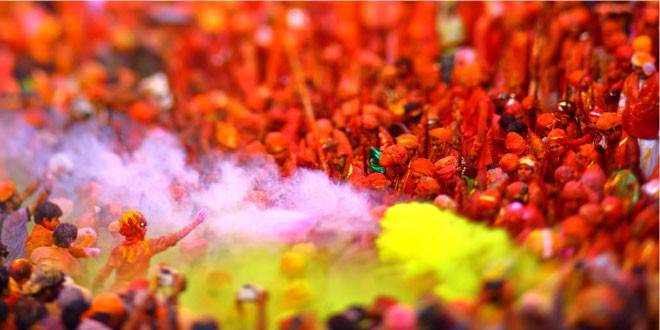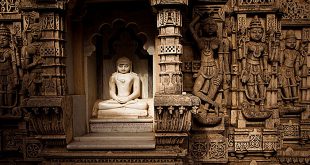What is the significance of Holi Festival? Holi is associated with many legends or folktales focussing on Prahlad and Hiranyakashyap. There are many stories surrounding Lord Krishna and Radha as well.
Significance of Holi:
Hindu mythology
Prahlad and Hiranyakashyap:
As per Hindu scriptures, there was a prince called Prahlad who was an ardent believer of Lord Vishnu. This didn’t go down well with his father, the powerful and wicked Hiranyakashyap, because he wanted to be worshipped by everyone.
Hiranyakashyap’s sister Holika was blessed with a boon of staying unharmed in fire so he asked her to sit on fire with Prahlad in her lap as he wanted his son dead because he was angry with the fact that his son worshipped Lord Vishnu and not him.
While Prahlad was saved from this sinister act as he was a staunch devotee of Lord Vishnu, Holika was burned to flames as a punishment for misusing her power.
This is how the tradition of Holika dahan or Holika bonfire started being practised to mark the beginning of this Hindu festival.
Later, Hiranyakashyap was left aghast with the incident and challenged his son to show if his God exists. When Prahlad affirmed the omnipresence of Lord Vishnu, the infuriated father broke down the pillar on which his son was sitting and was shocked to see a half-lion and half-human featured boar coming out of it.
Lord Vishnu took the form of this huge boar, called Narasimha, to rip Hiranyakashyap’s torso apart with his bare nails and kill the king at twilight.
What is the significance of Holi Festival?
Lord Krishna and Radha:
Another legend that represents Holi is related to Lord Krishna, known for his characteristic blue skin colour, who was jealous of Radha’s fair complexion.
When he expressed his displeasure to his mother Yashoda, she asked him to go and colour Radha’s face to make her look like himself.
The naughty Krishna took great delight in applying colour on Radha and other gopis. This prank has become a part of the Holi festival since then.
- Being an agricultural country, India‘s two big festivals Holi & Baisakhi come at the time when the harvest is at full bloom, giving people an opportunity to rejoice and relieve their emotional burdens and frustrations. Holi provides a wonderful opportunity to let loose all the tension and de-stress the mind. In a way Holi has positive benefits for the individual and the society as a whole. The dance performances and the music played during the festival rejuvenate the mind and soul.
- Holi colors have their own values. These are traditionally made of Neem, Kumkum, Haldi (Turmeric), Bilva, Red Sandalwood powder and other medicinal herbs. Traditionally, the dry colors used in Holi were prepared from Tesu or Palash flowers. Legends say Lord Krishna use to play Holi with Tesu flower colors. The color, especially Abeer, penetrates the body and strengthens the ions, improving health and beauty.
- As per the custom and tradition, people pay visits to their friends and relatives, to give them wishes as well as to strengthen their bonds and forgiving their hard feelings for others. The festival brings the nation together, as it is not just celebrated by Hindus but also by the Sikhs, Christians and Jains. Everyone is then able to cast off the filthy rags, and begin the year with a heart as fresh and spotless as the white clothes worn on New Year’s Day.
- In India, spring season, during which the weather changes, induces the growth of bacteria in the atmosphere as well as in the body. During the tradition of Holika Dahan, when people perform Parikrima (circumambulation or going around) around the fire, temperature rises to about 145 degrees Fahrenheit; the heat from the fire kills the bacteria in the body thus, cleansing it. Since the season is going through a change – from winter to summer, it is the period when people feel lethargic and drowsy. Holi provides them the opportunity to wear off their laziness, by enjoying themselves thoroughly.
 Kids Portal For Parents India Kids Network
Kids Portal For Parents India Kids Network







